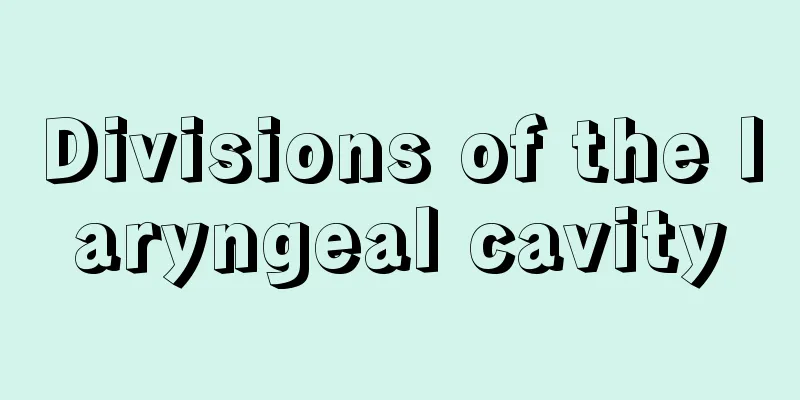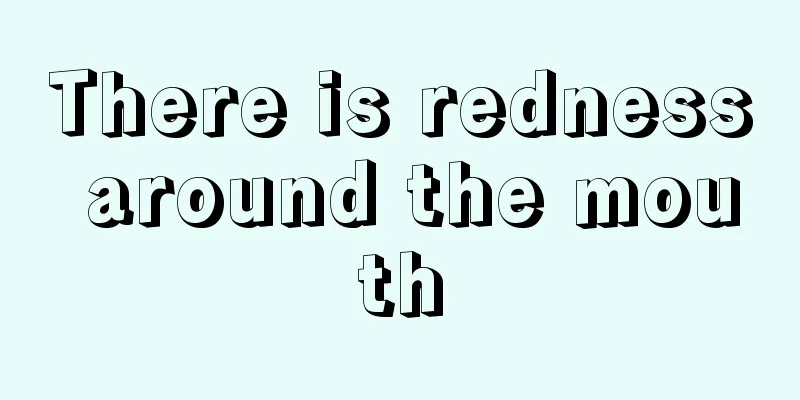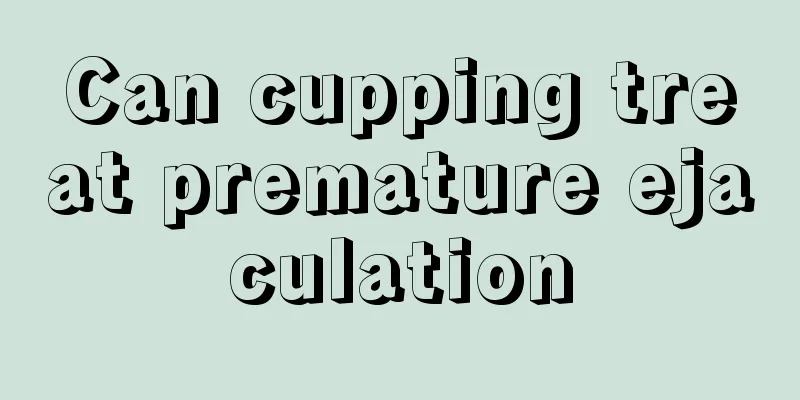Divisions of the laryngeal cavity

|
Everyone knows that there are a lot of cartilages in our neck, which is the location of our laryngeal cavity. These cartilages are particularly fragile, but at the same time, they are also relatively strong. For some children who do not study medicine, they do not know what organs are composed of the laryngeal cavity, so when they are sick, they do not know how to treat and prevent it. So what are the divisions of the laryngeal cavity? Ligaments and fascia of the larynx (i) The thyrohyoid membrane connects the upper edge of the thyroid cartilage to the inner and lower edge of the tongue. The thickened parts in the center and on both sides of the posterior edge are called the median thyrohyoid ligament and the lateral thyrohyoid ligament. The internal branches of the superior laryngeal nerve and the superior laryngeal artery and vein on both sides pass through this membrane into the larynx, serving as the injection site for superior laryngeal nerve blockade. (ii) The cricothyroid membrane connects the lower edge of the thyroid cartilage to the upper edge of the cricoid soft arch, and the central thickened part in front is called the median cricothyroid ligament. In case of severe laryngeal dyspnea, this membrane can be punctured or incised to relieve suffocation. (iii) The cricoid cartilage is connected to the first tracheal ring by the cricotracheal ligament. 3. Laryngeal cavity The laryngeal cavity starts from the laryngeal inlet, extends to the lower edge of the cricoid cartilage and connects to the trachea. It is divided into three zones by the ventricular zone and the vocal cords. (a) The supraglottic portion is located above the ventricular band. Its upper opening is connected to the laryngopharynx and is triangular in shape and is called the laryngeal inlet. The anterior wall of the supraglottic portion is the epiglottic cartilage, the two sides are the aryepiglottic folds, and the posterior is the arytenoid cartilage. The area between the laryngeal inlet and the ventricular band is also called the laryngeal vestibule. (ii) Glottic portion: located between the ventricular cord and the vocal cord, including: 1. Ventricular band: also known as false vocal cord, one on each side, located above the vocal cord and parallel to the vocal cord, composed of ventricular ligament, muscle fibers and mucosa, and light red in color. 2. Vocal cord: Located below the ventricular zone, one on each side, composed of vocal ligament, vocal muscle and mucosa. Due to the lack of submucosal layer and few blood vessels, it appears as a white ribbon under indirect laryngoscopy, and its free edge is thin and sharp. The space between the two vocal cords is called the glottal fissure (rima vocalis), or glottis for short. When the vocal cords are open, they form an isosceles triangle and are the narrowest part of the laryngeal cavity. The front end of the glottis is called the anterior commissure. 3. Laryngeal ventricle: An oval space opening between the vocal cords and the ventricular cords. Its front end extends upward and outward to form the sacculus of larynx, which contains mucous glands that secrete mucus to lubricate the vocal cords. |
<<: Use of blood glucose meter
>>: The morphological structure of the laryngeal cavity
Recommend
What causes fever during radiotherapy for nasopharyngeal carcinoma? What is the prognosis for nasopharyngeal carcinoma?
What causes fever during radiotherapy for nasopha...
How can we promote blood circulation
The problem of blood circulation is a big problem...
What are the general classifications of colorectal cancer
In recent years, colorectal cancer has become one...
Can loss of smell caused by rhinitis be restored? The four main causes of rhinitis
Rhinitis is a chronic nasal disease. Although it ...
What will happen if you wear cosmetic contact lenses for a long time?
In order to make their eyes look more beautiful, ...
What is the best food for left thyroid cyst
Left-sided thyroid cyst is a disease that many pa...
At what age can a baby drink milk without a pacifier
When babies are young, they absorb nutrition by d...
Can I take a shower if I am allergic to alcohol
Alcohol is a very common thing in life. Alcohol h...
3 dietary treatments for lymphoma
During the treatment period, patients with lympho...
Detailed explanation of how to get molluscum contagiosum
The main group of people who suffer from molluscu...
Can CT detect early nasopharyngeal cancer? How to treat it?
Can CT detect early nasopharyngeal cancer? How to...
What to eat when you have bloating, how to cure bloating
Abdominal bloating is one of the symptoms caused ...
The significance of bimanual bladder examination in the diagnosis of bladder cancer
For middle-aged and elderly patients with painles...
The best way to diagnose small liver cancer
Qualitative diagnosis first determines whether it...
Be careful of bone cancer when your feet swell during pregnancy. How to prevent bone cancer in daily life
Women during pregnancy should be extra careful. T...









